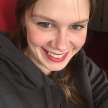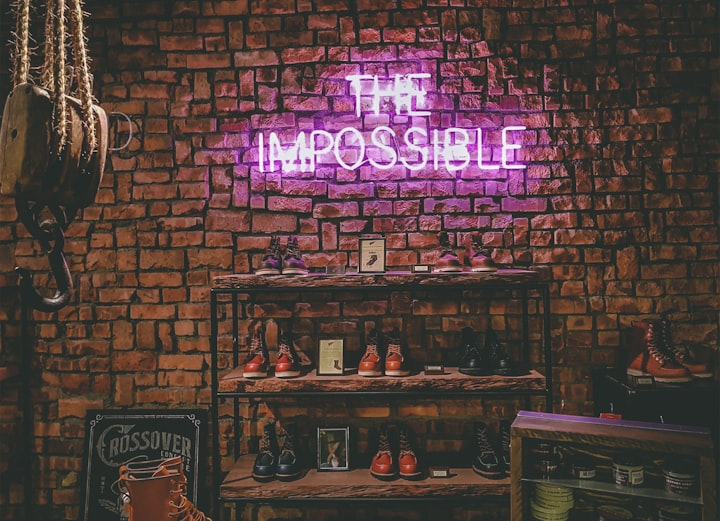Don't Be A Duck
The true story of The Ugly Duckling

I don't recall the first time I heard The Ugly Duckling (1843) by Hans Christian Andersen. Growing up in Denmark, I probably knew it off by heart by the time I could read.
There are a few versions of the story. Most are shorter than the original; watered-down versions, more suitable for children. H. C. Andersen's original fairy tale is savage and heart-wrenching, as is much of his work.
That poor little duckling! And the saddest thing is... It's not even a lie. The story of The Ugly Duckling is true and plays out every day all over the world.
Even if you're not familiar with The Ugly Duckling, you have probably encountered a swan as a symbol of beauty, grace and elegance. Shakespeare was a great lover of swans, he mentions them several times in his works as a symbol of beauty and strength. Tolkien writes that the most graceful of elves, Galadriel, sailed in a ship wrought and carved in the likeness of a swan. The American TV show Once Upon a Time picks up various fairy tales, but a theme that run through the entire series relates heavily to the message of The Ugly Duckling, something which is underlined by the main character’s chosen surname ‘Swan’.
If you haven’t read The Ugly Duckling, you’re probably wondering why I’m talking about swans. Ducklings are not cygnets, and, unlike cygnets, they do not turn into swans. And that's okay. It's okay to turn into a duck. Unless you are a cygnet. Then it is impossible.
The ugly duckling, who is a cygnet, tries hard to fit in where he doesn’t belong. He looks around at his siblings and peers and finds that they are nothing like him. He is different and suffers rejection and exclusion because of it. The other ducklings bully him, he is mistreated and miserable.
In Odense, Denmark, there is a house known as H. C. Andersen’s House. It is believed to be the birthplace of the author, and now forms part of a larger set of buildings dedicated to Hans Christian Andersen. The buildings function as museum and tourist attraction, complete with gift shops where you can buy little plush swans and artifacts celebrating other famous works of H. C. Andersen, such as The Little Mermaid and The Emperor’s New Clothes.
Hans Christian Andersen never wrote an autobiography, although encouraged to do so. The Ugly Duckling was his autobiography, although one could argue that all his work is autobiographical in nature. Throughout his youth, he harbored hopes of becoming a ballet dancer, something he never succeeded at. Allegedly, he was told that he was too ugly.
People have speculated that he was homosexual, something which cannot be confirmed; In the 19th century, this was not something one could admit to without repercussions. If true, it is no wonder he felt out of place, like he was always trying to be something he was not.
Throughout his youth, The Ugly Duckling thinks that a duck is what he is meant to be. Of course, he was never a duck at all. The story most satisfyingly ends with the duckling coming to realize he far surpasses the ducks in beauty and grace. He finds his people, the swans, and accepts himself for the first time in his life for what he is, a swan.
The message is beautiful and simple: Stop Trying to Be A Duck!
How many of us try desperately to fit in to the detriment of our real talents and mental health? Have we not all, at some point in our lives, misconceived our own nature and tried to be something we were not? Too many of us know only too well what it feels like to be rejected, the pain of failing to live up to expectations, the loneliness when you can’t find your people, the sting of being unwanted, knowing that even your parents are ashamed of you.
And worse still, we are judged and persecuted for the way we look. Why is everything judged by what it looks like? Why are children assessed so vigorously in childhood, and often found wanting, when really what they lack they make up for in other ways, unrecognized ways. Perhaps, they simply are not ducklings, but cygnets.
I loved The Ugly Duckling as a child. I still love it, although it makes me sad to read it. More so now than it did when I was a child. I understand now. I’ve been that duckling. I see struggling ducklings everywhere, children who needs to read The Ugly Duckling, and realize that it’s okay not to be duck.
Although the story, in its original heart-wrenching form, is painful to read, it gives readers something priceless. It gives them hope that no matter how miserable life gets, one might yet be headed for beauty and a bright future. Other people may not see it now, but one day they will stop laughing and pointing. Instead, they will gaze at you, open-beaked and amazed, as you outshine them.
Such is the beauty of fairy tales. They tend to be universally and eternally relevant and true, and this one is a masterpiece.
About the Creator
Ida Stokbaek
Hello!
This is where I procrastinate.
Can't believe you're here!
Thank you!






Comments
There are no comments for this story
Be the first to respond and start the conversation.